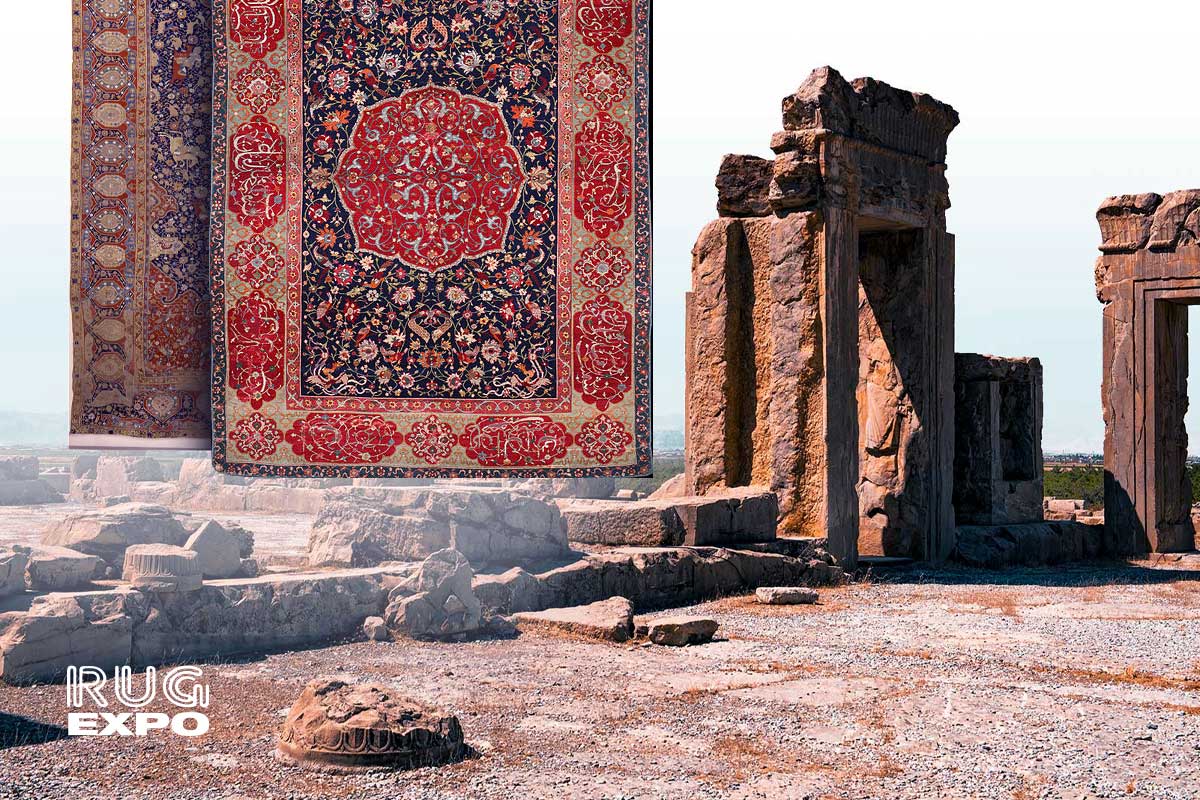
The history of Persian rugs has been around for centuries, and they’re more than just Normal Rugs for the floor or decorating your house—they’re a piece of history woven into fabric. You might have seen these rugs in museums, fancy homes, or even at your grandparents’ place. They carry a story of skill, culture, and art, passed down for generations. But where did they come from, and why are they still valuable today? Let’s explore the history of Persian rugs.
The history of Persian rugs dates back thousands of years. Some of the earliest evidence of Persian rug-making comes from around 500 B.C., when ancient Persians wove intricate patterns into textiles. Back then, Persian rugs weren’t just for looks—they kept people warm, made homes more comfortable, and even showed off wealth and status. One of the oldest known rugs is the Pazyryk Carpet, found in an ancient burial site in Siberia. It dates back to 400 B.C., proving that even thousands of years ago, Persian weavers had already mastered their craft.
Persian rug weaving became an art form during the Safavid Dynasty (1501–1736). Royal families and wealthy merchants displayed Persian rugs in their homes, and they were even given as diplomatic gifts to European kings. These rugs weren’t just floor coverings—they were symbols of wealth and sophistication.
The way Persian rugs are made has stayed mostly the same for centuries, but styles and designs have evolved. Early Persian rugs were geometric and tribal, woven by nomadic groups using whatever materials they had. As rug-making became more refined, weavers incorporated floral motifs, intricate borders, and symmetrical patterns.
The Persian rug industry reached its peak during the 16th and 17th centuries. Talented rug makers came up with silk rugs, which were softer, shinier, and had more fine and delicate designs than wool ones.
Even today, the history of Persian rugs is still changing. Some modern Persian rugs have simple designs and soft, natural colors, making them perfect for modern homes. However, many collectors still seek out the classic designs that have been popular for centuries.
Persian rugs are often expensive, and there’s a good reason for that. The craftsmanship behind a handwoven Persian rug is unlike anything else. Unlike machine-made rugs, which can be mass-produced in minutes, authentic Persian rugs take months—or even years—to complete.
Each rug is hand-knotted, with thousands (sometimes millions) of knots tied one by one to create intricate patterns. The number of knots per square inch (KPSI) helps determine a rug’s quality. The higher the KPSI, the finer and more detailed the rug.
Another reason Persian rugs hold their value is the use of natural dyes. Traditional Persian rugs are dyed with plants, fruits, and minerals, creating rich colors that last for generations. Unlike synthetic dyes, which fade over time, natural dyes age beautifully.
Persian rugs are often classified under Oriental rugs but have distinct characteristics. While Oriental rugs can come from various countries like Turkey, India, and China, Persian rugs are specifically made in Iran (formerly Persia).
One key difference is the knotting technique. Persian rugs use a unique asymmetrical (Persian) knot, allowing for more detailed and intricate patterns than the symmetrical knots used in Turkish rugs. This knotting method gives Persian rugs their signature fluid, curved designs, making them look almost like paintings.
The materials used in Persian rugs also play a role in their uniqueness. Many Persian rugs are woven using high-quality wool, silk, or a blend of both, while other Oriental rugs may use more standard materials.
If you’re looking to buy a truly authentic Persian rug, it’s best to shop from a reputable seller like Rug Expo, where you can find a wide selection of handcrafted Persian Rugs and Oriental Rugs that carry both history and beauty. The history of Persian rugs proves that no other type of rug can compare in craftsmanship and detail.
Despite their ancient origins, Persian rugs remain highly desirable. Their timeless beauty and durability make them a great investment, and they complement both traditional and modern interior styles.
A lot of people value Persian rugs because of their deep cultural roots. Owning one is like having a piece of history—a tradition passed down for generations. Persian rugs have also become more popular in home design. Many designers use them to add a touch of elegance, warmth, and character to a space. Even in minimalist or modern homes, a Persian rug can be the focal point that ties a room together.
If you’re in San Diego and looking for a Persian rug, Rug Expo offers a collection of authentic, high-quality Persian Rugs that can transform any space. No matter if you choose an old, classic rug or a more modern style, the history of Persian rugs continues to be a representation of skill and creativity that never fades.
The history of Persian rugs is full of art, tradition, and new ideas. From the past to today’s homes, these rugs have remained strong for years, showing that real skill and quality never fade. No matter if you’re a collector, buying your first rug, or just someone who loves beautiful decor, a Persian rug isn’t just something you buy—it’s a piece of history and culture.
If you want to own a piece of this history, make sure to explore the wide selection available at Rug Expo, where tradition meets elegance.